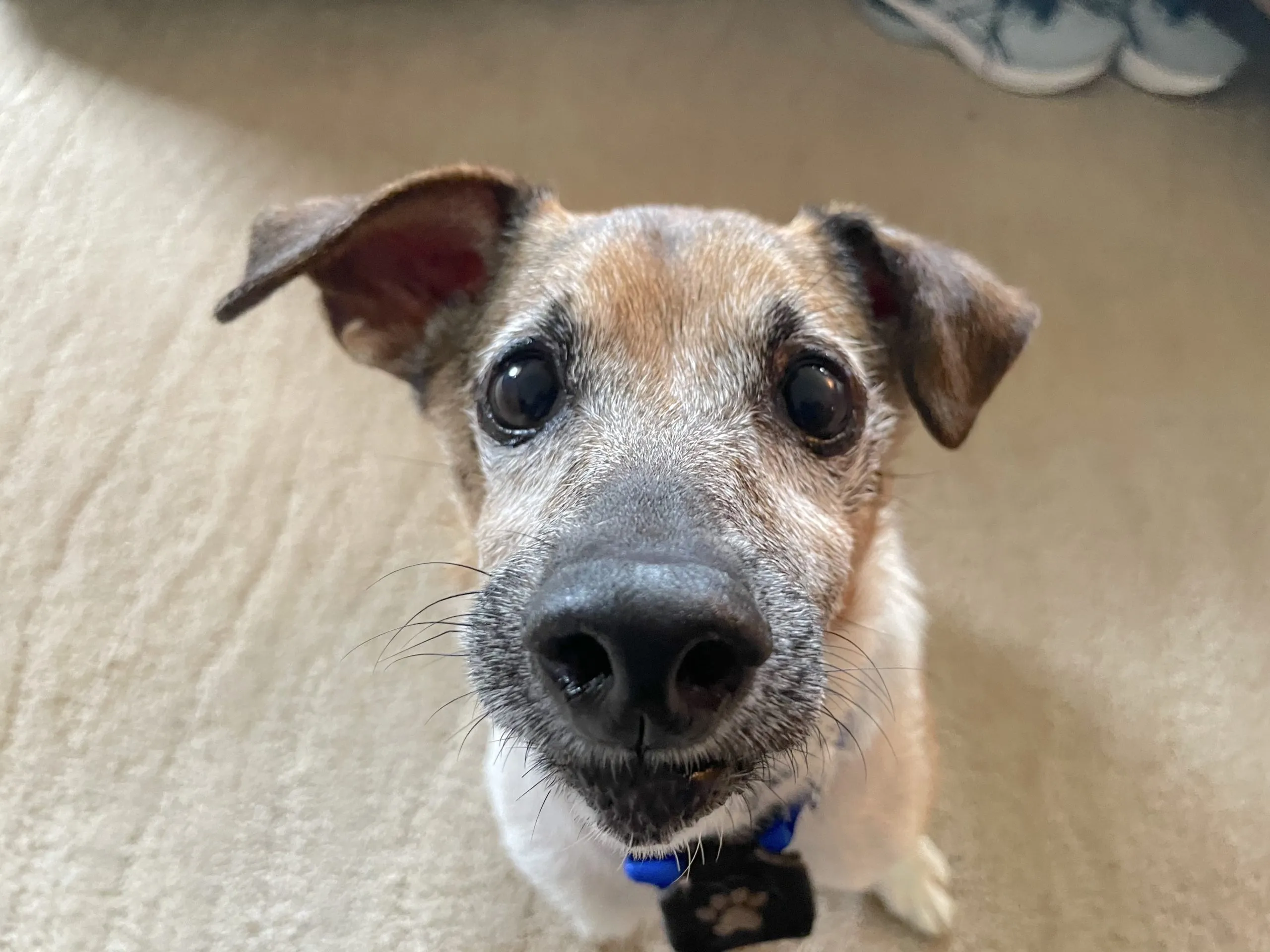Teaching your dog to reliably come when called is one of the most vital commands for their safety and your peace of mind. A strong recall can prevent dangerous situations, from your dog darting into traffic to unexpected encounters with other animals. While the concept seems simple, many dog owners struggle to achieve consistent results. This article, inspired by real-world success stories, will guide you through effective, positive reinforcement techniques, emphasizing how a focused “How To Train A Dog To Come When Called Video” approach can transform your training efforts.
Understanding Recall Challenges: Why Dogs Don’t Come
Often, the biggest hurdle in recall training is unintentionally associating the “come” command with the end of something fun. Imagine your dog joyfully chasing a squirrel, and you call them back. If coming back means the immediate cessation of their enjoyable activity, they quickly learn to ignore your call. For rescue dogs, like Buddy, a Jack Russell Terrier with a challenging past, the situation can be more complex. A lack of early structure or a history of neglect can lead to anxiety and insecurity, making them less likely to respond consistently. Providing a stable, structured environment, alongside clear communication, is crucial. If your dog also exhibits issues like dog running out the door, addressing these foundational anxieties can significantly improve overall obedience and recall responsiveness.
Laying the Foundation: Essential Dog Training Principles
Successful recall training, and indeed all dog training, hinges on three key elements: motivation, precise timing, and consistent positive reinforcement. We advocate for methods that build a strong bond and clear communication between you and your dog. Essential tools include:
- Marker Words: A short, consistent word like “Yes!” or “Good!” used immediately when your dog performs a desired action, followed by a reward. This pinpoints the exact moment they did something right.
- Petting with a Purpose: Instead of random affection, integrate pets and praise when your dog is calm, attentive, or lying down nicely. This reinforces desired states of being and actions, making your affection more meaningful.
- Structure and Security: For dogs like Buddy who came from difficult circumstances, a structured environment can reduce anxiety. Clear rules and predictable routines provide a sense of security that allows them to learn and trust. Understanding and addressing underlying behavioral patterns, similar to managing cavalier king charles spaniel behavior problems which often stem from anxiety, can significantly improve their overall responsiveness to commands.
Step-by-Step Video Guide: Teaching Your Dog to Come
Developing a rock-solid recall is achievable with the right techniques and commitment. The following methods, often demonstrated in a comprehensive how to train a dog to come when called video, provide practical steps.
The “Celebrate” Method: Reinforcing Voluntary Returns
One of the simplest yet most effective ways to build a strong recall is to reinforce every instance your dog comes to you on their own. We call this the “Celebrate” method. Each time your dog approaches you voluntarily—whether for attention, a treat, or just to be near you—mark the behavior with your chosen marker word (“Yes!”) and reward them generously with praise, a favorite toy, or a high-value treat. This teaches them that coming to you is always a positive experience, not just when you call them. This foundational practice is vital, even for those learning how to teach a dog to come inside from an outdoor play session.
Outdoor Practice: Building a Stronger Recall
Once your dog understands the positive association of coming to you indoors, it’s time to take the training outside.
 Jack Russell Terrier dog learning to come when called during a positive reinforcement training session, demonstrating effective recall
Jack Russell Terrier dog learning to come when called during a positive reinforcement training session, demonstrating effective recall
Begin in a quiet, low-distraction environment, such as your backyard. Have a guardian or friend record your session, creating your own “how to train a dog to come when called video” resource for review. Start by moving a short distance away from your dog, call their name, followed by your recall command (e.g., “Buddy, come!”). As soon as they take a step towards you, mark the behavior and reward them when they reach you. Gradually increase the distance and introduce mild distractions as your dog’s reliability improves. Consistency is key: aim for three or more short, 1-3 minute practice sessions daily. The more positive experiences your dog has with coming when called, the stronger and more automatic their response will become.
Beyond “Come”: Addressing Other Common Dog Behavior Issues
While a reliable recall is paramount, a well-behaved dog often requires attention to other areas. Issues such as excessive barking, particularly when you’re away, can be a major source of stress for both you and your neighbors. Understanding how to stop my dog barking when im out involves addressing separation anxiety or lack of mental stimulation. Similarly, teaching your dog not to jump on people, or get a dog to stop jumping on you, is another common training challenge that benefits from consistent positive reinforcement and clear boundaries. Integrating recall training with solutions for these other common behavioral problems creates a harmonious living environment for you and your canine companion.
Conclusion
Training your dog to come when called is a journey that requires patience, consistency, and positive reinforcement. By understanding why dogs hesitate, laying a strong foundation with marker words and purposeful petting, and diligently practicing the “Celebrate” method and outdoor recall exercises, you can build an unbreakable bond and a reliable response. Embrace the power of visual learning by utilizing or creating your own “how to train a dog to come when called video” to refine your technique and inspire your training sessions. With dedication, your dog will learn that coming to you is always the most rewarding choice. Start your video-guided training today and unlock a lifetime of freedom and safety for your beloved companion.
